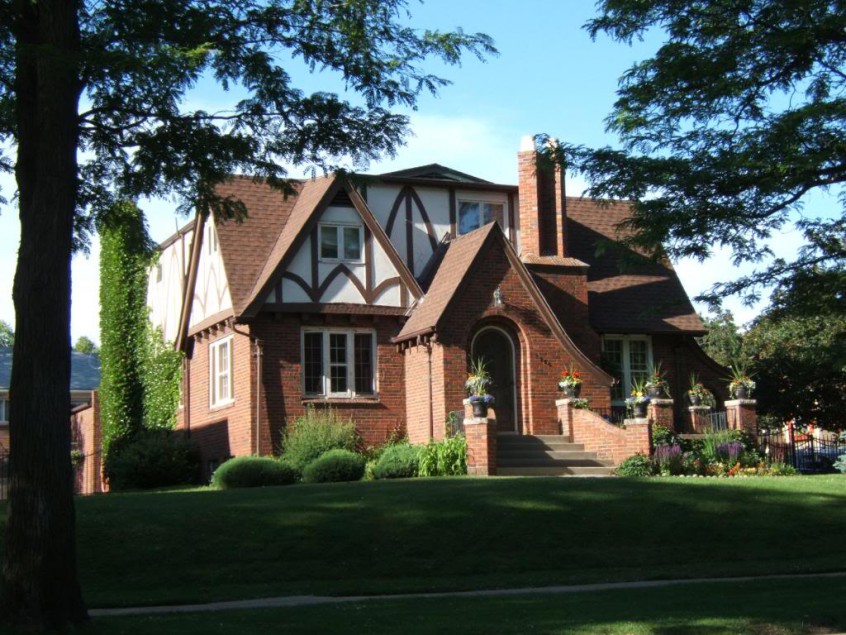In 1879, John Brisben Walker, businessman and developer, established Berkeley Farm, which eventually encompassed over 1,500 acres. The farm is believed to have been named after Berkeley Springs, Virginia, where Walker and his wife once lived. Walker and Dr. William A. Bell, who had platted the Highland Park suburb in Highlands as well as entire townsites in the state, organized the Berkeley Farm and Cattle Company in 1885 to manage the farm. Berkeley Lake was developed as a reservoir by the Rocky Mountain Ditch Company on the northern portion of the farm. Walker donated fifty acres of his land to the Jesuits who established Sacred Heart College, later Regis College, in 1887. In 1888, Walker’s farm was purchased by a group of Kansas City investors who employed the real estate firm of Carleton Ellis and John McDonough to subdivide and sell the land. William Lang was commissioned to design thirty-five houses for the development.
Berkeley was advertised as a healthful suburb, free from the smoke and dust of the city, with plentiful water and convenient public transportation. In 1892, the mostly middle and working class residents of the community incorporated the town of North Denver, encompassing the acreage of Walker’s farm. Its boundaries were roughly 52nd Avenue to the north, Sheridan Boulevard to the west, 44th Avenue to south, and Federal Boulevard to the east. In 1898, the town’s name was changed to Berkeley. Commercial development was limited to small neighborhood stores and a small commercial district along Tennyson Street where the post office was established. Berkeley grew slowly and by the time it was annexed on 1 December 1902, there were only 707 residents in the town. The eastern stretches of Berkeley were especially slow to develop. In 1910 there were only three houses between Regis College and the Henry Weirich celery farm at the east end of Rocky Mountain Lake. At this time, the area was largely occupied by “truck farmers” — farmers who took their fruits and vegetables into Denver to sell. and the area remained this way through the 1940’s.
The Berkeley area eventually became split into two parts: Lower Berkeley and Berkeley Hill. The school for lower Berkeley was the Louisa M. Alcott Elementary School, built in 1892. The Berkeley Hill children went to Berkeley School at West 50th Avenue and Lowell. The Berkeley neighborhood continued to develop throughout the mid 20th century, largely through subdivisions. The lion’s share of the growth occurred in the 1950s and 1960s.



